We’ve got 5 of these Nick Baker wiggly Worm World kits to give away in our RUBBISH SCIENCE issue! Enter the competition on page 33 and get your entries in by 10th Feb. Good luck!
Thanks to Interplay UK for supplying these kits.
We’ve got 5 of these Nick Baker wiggly Worm World kits to give away in our RUBBISH SCIENCE issue! Enter the competition on page 33 and get your entries in by 10th Feb. Good luck!
Thanks to Interplay UK for supplying these kits.
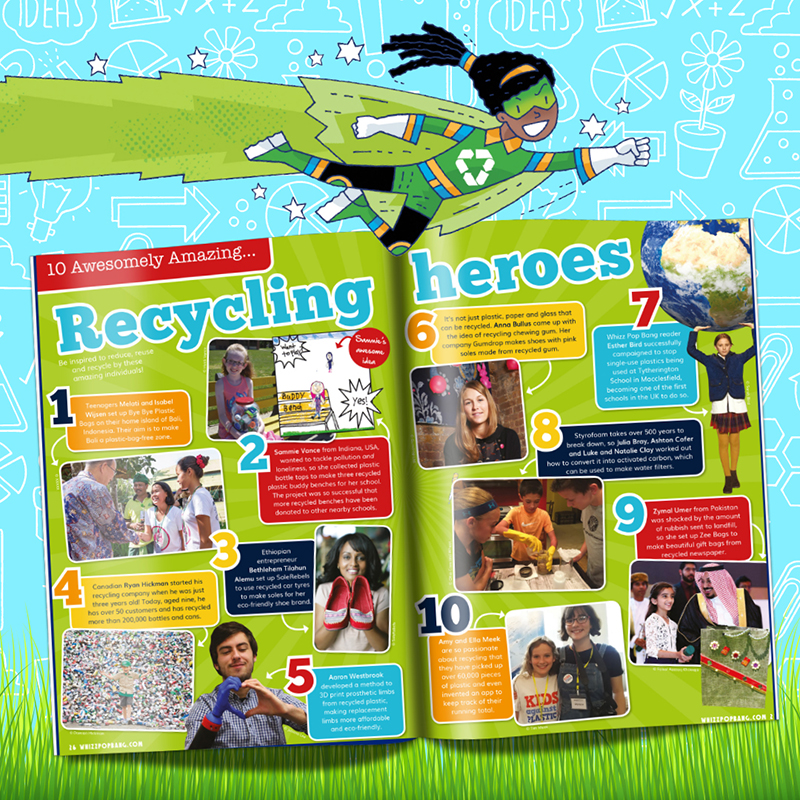
1. Melati and Isabel Wijsen who set up Bye Bye Plastic Bags
2. Sammie Vance with her recycled plastic buddy benches
3. Bethlehem Tilahun Alemu who set up soleRebels designing shoes from old tyres
4. Ryan Hickman, age 9 runs his own recycling company
5. Aaron Westbrook 3D prints prosthetic limbs from recycled plastic
6. Anna Bullus who set up Gumdrop ltd making shoes with pink soles from recycled gum
7. Esther Bird campaigned to stop single-use plastics being used at her school
8. Julia Bray, Ashton Cofer and Luke and Natalie Clay converted styrofoam cups into activated carbon
9. Zymal Umer set up Zee Bags to make gift bags from recycled newspaper
10. Amy and Ella Meek from Kids Against Plastic campaign to help families, cafes and councils to be ‘Plastic Clever’
So inspiring to see so many kids taking the initiative, the future’s looking greener everyone! 👍🏽
The relationship between an astronaut and a flying robot took a surprising turn when the robot stopped doing what it was told. Cimon (which stands for Crew Interactive MObile Companion) is a football-sized intelligent robot that flies around the International Space Station. Cimon was designed to keep the astronauts company and to help them with their work. Recently, astronaut Alexander Gerst asked Cimon to play his favourite song. But when asked to stop and do something different, Cimon carried on talking about music, and eventually said “Don’t be so mean, please”.
While Cimon has been put away for the time being, Gerst hopes to see him back in action soon.
These extraordinary tree-dwelling frogs live mostly in tropical areas of Central and South America. Most are tiny, ranging in size from 3 cm to 7.5 cm. They are usually green in colour, except for their undersides, where the skin is transparent. This makes it easy to see their internal organs, including their beating hearts!
![]()
Unlike tree frogs, glass frogs have forward-facing eyes. They have excellent eyesight for hunting prey at night.
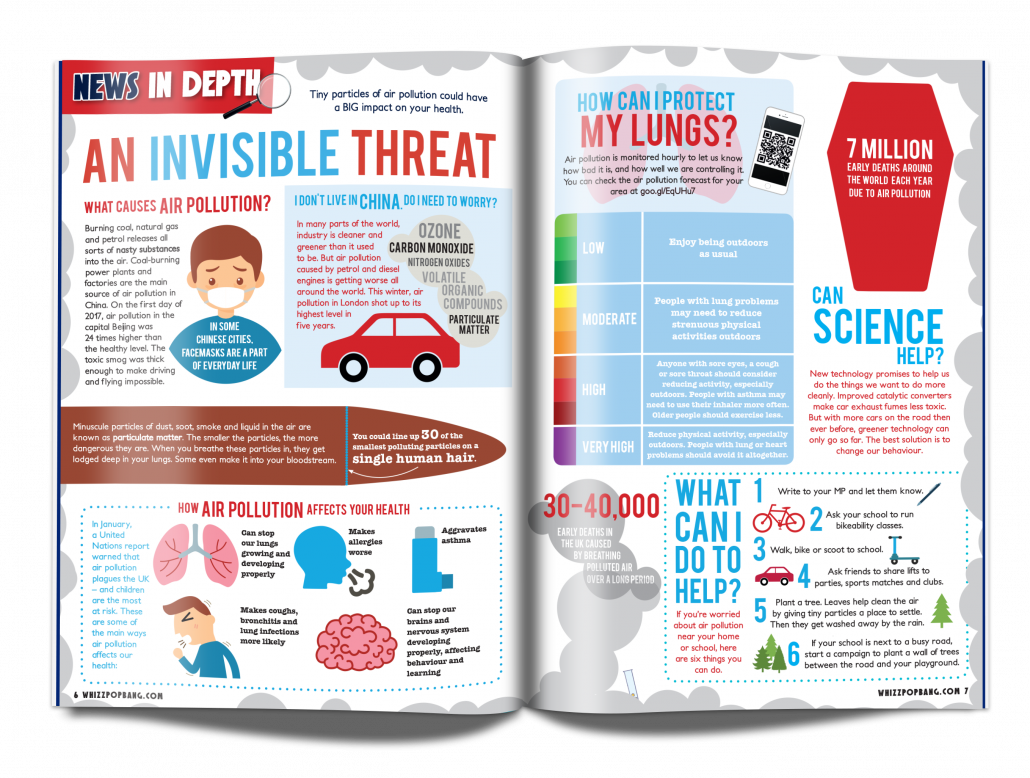
Whizz Pop Bang air pollution feature
How can science help? In this article we help children understand what causes air pollution, and how we as individuals can help to improve air quality. This article was featured in the SMALL WONDER issue of Whizz Pop Bang science magazine for kids, to buy this issue visit our online shop.
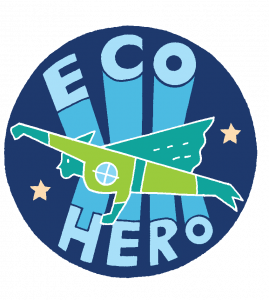
As an educational magazine focusing on science, we take our environmental responsibility very seriously. We’re a small independent publisher, which means we have control at each stage of the process – from design to production, through to distribution. We don’t sell to newsstands, high street shops or supermarkets, so we never sell on a sale or return basis (where often, only the cover would be returned and the rest of the magazine is destroyed). Extra copies are held in stock here at WPB HQ, to be sold as back issues. We sometimes receive magazines from the printers which have been slightly damaged in transit, so we donate these to breakfast clubs in deprived areas and hospices for children who are too poorly to go to school.
Every month we report on environmental issues in the news, highlighting eco heroes and how children and their families can help reduce their environmental impact. We have a regular feature called Emmi’s Eco Club, exploring environmental issues in a fun and creative way, encouraging our young readers to be proactive in reducing, re-using and recycling. We are also very careful about the items required for our experiments, which will be inexpensive, household items. For example, we suggest using alternatives to plastic straws and encourage people to buy eco balloons.
Whizz Pop Bang magazines are printed in the UK, using only paper from FSC/PEFC certified suppliers. Our magazines are delivered in paper envelopes, which can be recycled.
Are you looking for ways to help your children learn more about how they can be more environmentally friendly? Read on!
We’re huge fans of Kids Against Plastic, a campaign set-up by sisters Amy and Ella Meek, aged 15 and 13. These two are amazing, their drive and determination to change people’s behaviour is so inspiring!
“Not long ago we came across the UN’s Global Goals and got inspired to do our bit for the planet, and after finding out about the negative effect single-use plastic is having on the environment, we launched the Kids Against Plastic campaign.”
They have three key aims to help people avoid single-use plastics through EDUCATION (learning) and ACTION (doing):
Follow Amy and Ella and find out what they’re doing to help us reduce our reliance on single-use plastics.
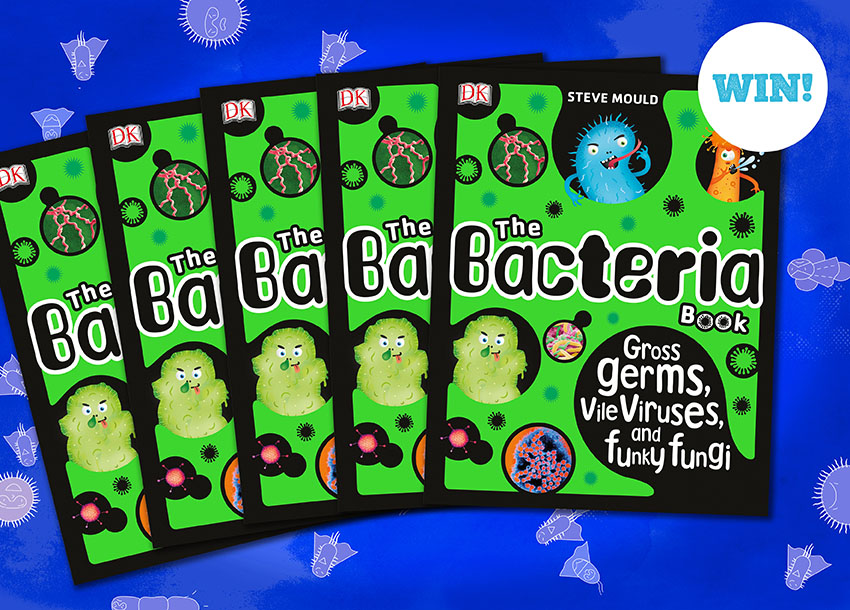
The good, the bad and the ugly, bacteria are everywhere! Learn all about gross germs, vile viruses and funky fungi in this fascinating book written by the aptly named Steve Mould, published by Dorling Kindersley.
To be in with a chance of winning one of these books simply answer this question:
Hint: the answer is in the Bug-tastic Bacteria issue of Whizz Pop Bang magazine!
To enter comment below with your answer by midnight on 30th November 2018. By entering this competition you agree to our terms and conditions.
How lucky are we to get not one, but two interviews with ESA astronaut Tim Peake!!!!! Our editor Tammy chatted to Tim on the phone, asking him lots of probing questions from curious Whizz Pop Bang readers (see the list of questions below).
Listen to the full interview, complete with NASA footage and photos here 👇🏾
Enjoy space-lovers!
The questions Whizz Pop Bang readers asked Tim:
Photo and video credits Tim Peake, NASA, ESA, Victor Zelentsov and Scott Kelly.
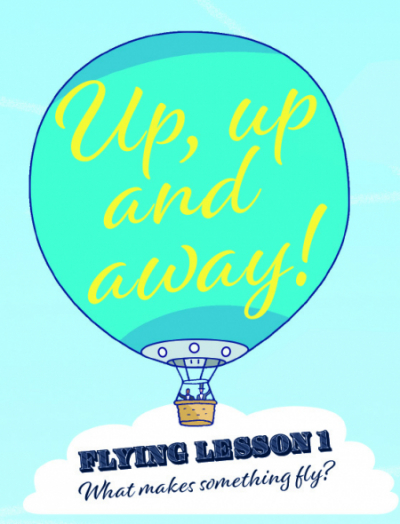

Wouldn’t it be amazing to fly like a bird? Or how do you fancy fluttering like a butterfly, or even soaring like a snake?! There are all sorts of flying phenomena to discover this issue. Have a go at making your own stunt plane, investigating different designs of straw planes and testing aerofoils. We interview Palaeontologist Liz Martin-Silverstone to ask her how on earth the giant pterosaurs were able to fly, plus we find out how drones work, and answer the question on lots of people’s minds… just how do planes fly???
Buy this issue here and fill your summer holidays with awesome science fun!! ? ✈ ?
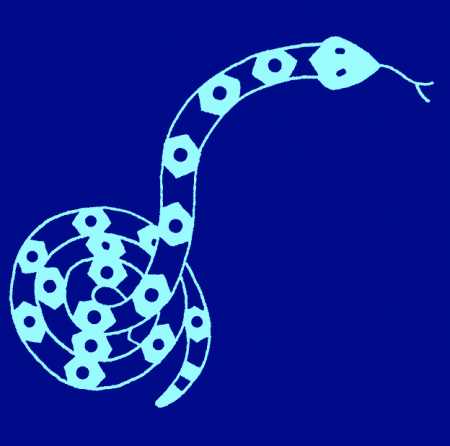
After launching themselves from a branch, paradise tree snakes flatten their bodies into a wing shape and ‘snake’ through the air, gliding between trees up to 30 metres apart!